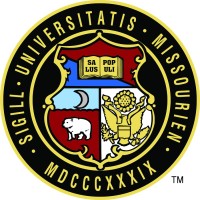
George Mason University
George Mason University is Virginia’s largest and most diverse public research university. Located near Washington, D.C., Mason enrolls more than 40,000 students from 130 countries and 50 states, and has a residential population of more than 6,000 students. Mason has grown rapidly over the past half-century and is recognized for its innovation, entrepreneurship, and commitment to providing academic opportunities for students of all backgrounds. With 10 schools and colleges offering more than 200 degree programs, Mason is a vibrant community of scholars and researchers that spans three campuses in Arlington (Mason Square), Fairfax, and Prince William and learning locations across the Commonwealth of Virginia. We also have an international campus in Songdo, South Korea. Our goal is to enable all of our graduates to pursue meaningful lives and successful careers. Our definition of a successful graduate is a well-rounded scholar and an engaged citizen in the community and the world, who has all the necessary skills to compete in the workplace. More than 75 percent of Mason alumni have a post-graduate plan within six months of graduation (employment, graduate school, military service, or volunteering). In the Washington Business Journal’s 2023 rankings of the Washington, D.C., area’s largest employers, Mason came in 26th overall with more than 8,100 Metro-area employees. If you are interested in joining the Mason Nation take a look at our current opportunities and catch some Mason spirit at jobs.gmu.edu!






